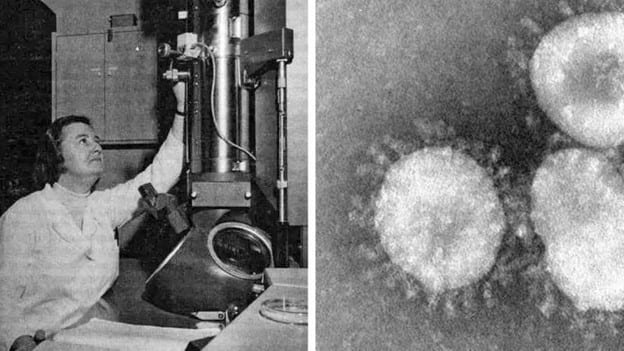
Figure 1: One of the first micrographs belonging to coronaviruses – Getty Images
June Almeida (née Hart) was an internationally renowned virologist who developed innovative methods for the identification of viruses under an electron microscope. Fifty-six years have passed since she first saw a coronavirus and her work is more relevant than ever in the midst of the pandemic [1,2]. Almeida is considered to be one of the outstanding scientists of her generation by the leading figures in the field of virology. Ironically, COVID-19 outbreak has shone light again on her work on the public sphere recently [3-5].
Undoubtedly, Almeida is an inspirational role model for everyone interested in science. She was born in Scotland in 1930. Almeida’s father was a bus driver and she lost her brother at the age of six to diphtheria, which might have sparked her interest in diseases. Despite her academic strength, Almeida’s family did not have the financial means to allow her to attend university at that time. She left the secondary school and worked as a histopathology technician in Britain before moving to Canada in 1954 for an open position as an electron microscopy technician at the Ontario Cancer Institute. Almeida mastered a technique called negative staining to heighten the contrast of the micrographs obtained under the electron microscope. She worked in Toronto for ten years and her microscopy techniques turned out to be revolutionary for the field of virology. She was the first author of the co-published article in the journal of Science in 1963 [6] and obtained her Doctor of Science (Sc.D.) degree in 1964 based on her publications of her research on electron micrographic research of antibodies. At this point, she was recruited back to the UK’s most prestigious medical schools, where she worked on hepatitis B, common cold and HIV viruses later in her life. She passed away in 2007 and by then many textbook chapters and virology articles featured finely detailed images she produced.

Figure 2: June Almeida in 1963 as she is gaining a reputation for extending the range of the electron microscope to new limits – Getty Images
One of the many contributions of hers is on the identification and imaging of coronaviruses using immune electron microscopy. Almeida received a sample called B814 from her collaborators in 1966. B814 had been collected from a schoolboy in Surrey. All of the traditional methods of cultivating the virus had failed in the lab and the sample was sent to be inspected under an electron microscope as the scientist began to suspect that B814 could be a new type of virus altogether. As the electron microscope had offered a much better resolution at the level of nanometers, scientists’ preference was to acquire micrographs for identification. Her collaborators were not optimistic though because it was generally believed that the electron microscope could detect the virus only in purified, concentrated samples. In the 1960s, detecting virus in tissue samples was painstaking work and examining a single sample could take hours after tedious preparation procedures. Almeida used anitbodies taken from previously infected individuals to pinpoint the virus as the antibodies are drawn to their antigen counterparts. While nanoparticles coated with antibodies were introduced, they would congregate around the virus, which elevated the image quality drastically whilst cutting down the identification to few minutes. Almeida used her technique on sample B814 and visualized the halo-like structures, like a solar corona surrounding this new virus. Not only did Almeida obtain clear images of the virus, but she remembered seeing similar viruses covered with a lipid coating earlier in her research on bronchitis in chickens and hepatitis liver inflammation in mice. Thus, the family of coronaviruses is born. Consequently, it is very ironic to note that her previous papers on these viruses had been rejected as the reviewers thought that the presented images were just poor-quality pictures of influenza virus. The emergence of SARS in 2002 and now COVID-19 immensely signified June Almeida’s contributions more than ever.
References:
- Wikipedia: https://en.wikipedia.org/wiki/June_Almeida
- J. Almedia, BMJ, 336(7659): 1511 (2008). doi: 10.1136/bmj.a434
- S. Brocklehurst BBC Scotland News 15 April 2020 The Woman who discovered the first coronavirus: https://www.bbc.com/news/uk-scotland-52278716
- S. Combs National Geographic History and Culture April 17, 2020 She discovered coronaviruses decades ago-but got little recognition: https://www.nationalgeographic.com/history/2020/04/june-almeida-discovered-coronaviruses-decades-ago-little-recognition/
- D. Gellene New York Times May 8, 2020 Overlooked No More: June Almedia, Scientist Who Identified the First Coronavirus: https://www.nytimes.com/2020/05/08/obituaries/june-almeida-overlooked-coronavirus.html
- Almeida, June D.; Hasselback, Richard C.; Ham, Arthur W. (13 December 1963). “Virus-Like Particles in Blood of Two Acute Leukemia Patients”. Science. 142(3598): 1487–1489



